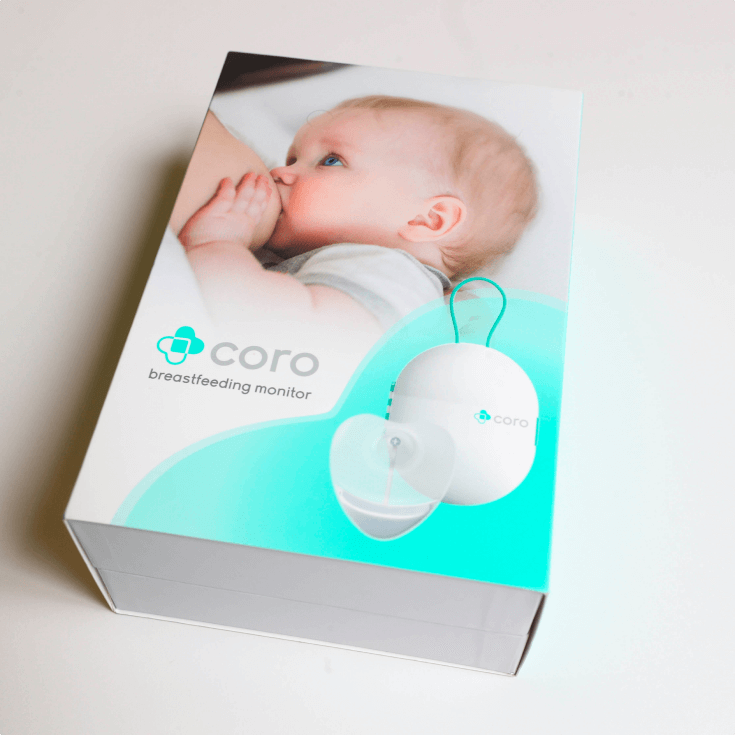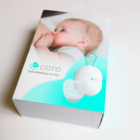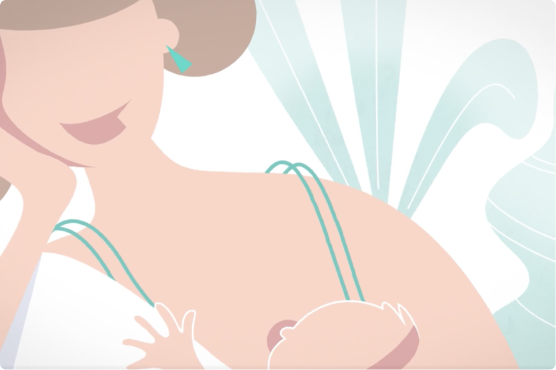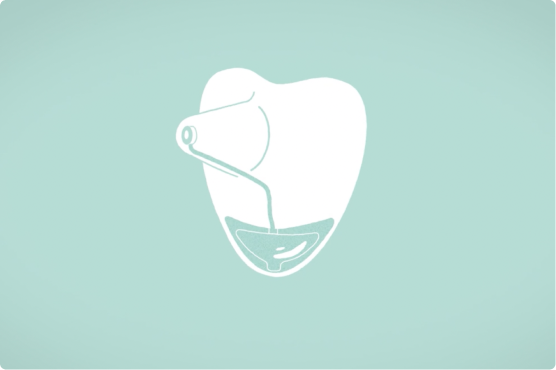Description
Instructional Video
- Apply Coro to your breast as you would a standard nipple shield.
- Open the Coro app on your phone.
- Select the Left or Right buttons on the feeding page. This corresponds to the side you start breastfeeding on. You can switch as often as you like during the session, (the app will continue listening even if you take a break).
- To end the session tap the same button again. That’s it! You’ve recorded your first feed.
Why Coro is Revolutionary
A revolutionary technology
Imagine a standard nipple shield which tells you how much milk flows through it – this is Coro!
Our patented sensor is non-invasive and tiny. The size of the feed-area is no different to shields currently available and Coro can be used in exactly the same way.
No need for wires or chargers as Coro is completely self-contained.
Our user-friendly app
Connect to Coro with your phone and the device will start to measure instantly showing milk volume in real-time.
You can switch between breasts by clicking Left or Right and it will track volume separately for each.
You can also select the Timeline screen to see feed duration, time, and volume over previous days or weeks.
Informative data
Along with information around individual feeds, you may also want to know how things are changing and how they compare.
Using our Cloud-based analytics we can show you how your feeds have varied over time and how they compare with babies of a similar age.
Other useful information is available such as left/right balance and typical feed profile.
A new take on the nipple shield
Nipple shields have been used since the 1500s, with early versions made of silver, wood, and animal skins!
Modern ultra-thin silicone shields are much better designed to support breastfeeding. Research exploring the use of shields for the first time have identified some concerns regarding potential impact on milk transfer; however, other studies report positive impacts on breastfeeding in general.
Nipple shields are also used for a variety of problems such as sore nipples, prematurity, oversupply, and transitioning infants from the bottle to the breast. The shield is not seen when breastfeeding, enabling mothers and their babies to resemble any other nursing team.









There are no reviews yet.